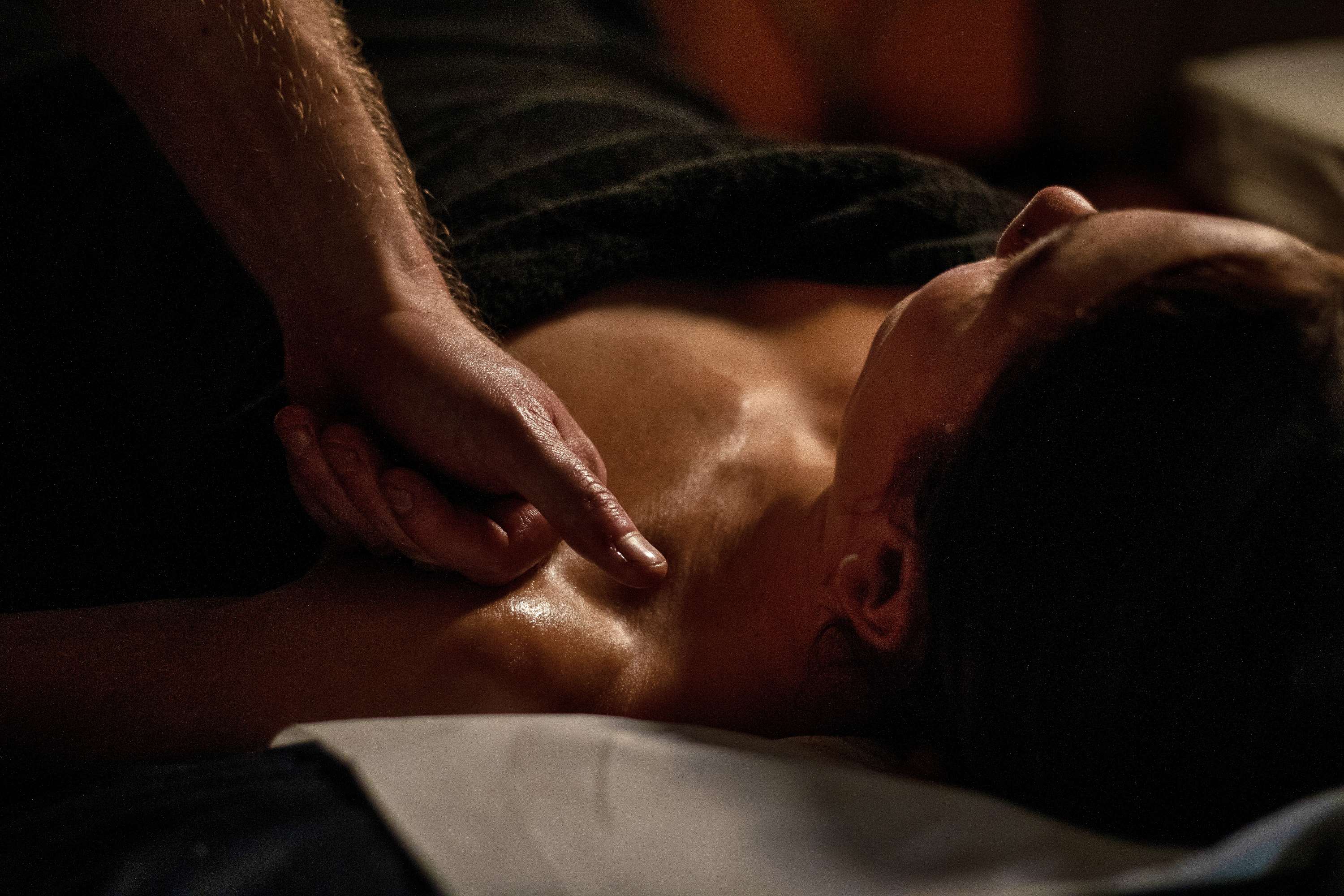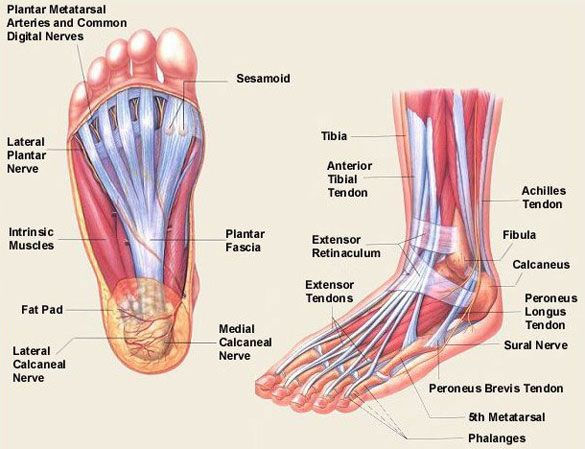Shoulder Impingement
- Pentons Performance Therapy

- Aug 31, 2019
- 2 min read
Updated: Dec 11, 2019
Shoulder impingement is a common cause of shoulder pain, often felt most when trying to raise and rotate your arm. Often shoulder impingement or rotator cuff tendonitis comes about because of overuse in the shoulder, therefore athletes or individuals who repeatedly use the shoulder joint (especially for overhead or rotation movements) are more likely to suffer from this injury. The rotator cuff muscles include the Supraspinatus, Infraspinatus, Teres Minor and Subscapularis (fig A.)

Between them, they allow abduction (movement away from the body) and rotation at the shoulder joint, as well as stabilising the head of the humerus in the glenoid cavity of the scapula preventing dislocation of the shoulder. If the rotator cuff tendons become inflamed the small space underneath the Acromion decreases and begins to rub and catch causing pain. Continued catching against the Acromion increases the pressure within the joint leading to impingement, increases pain and eventual and inability to raise the arm or rotate (Fig B).

Warning signs and symptoms of Shoulder Impingement
Pain or a pinching feeling deep inside the shoulder when trying to raise or externally rotate the arm
A constant ache or minor pain in the upper arm
Pain at the front of the shoulder and down the side of the arm
Often worse at night
Weakness in the shoulder or arm, especially on movement away from the body or overhead
What Causes Shoulder Impingement?
Most cases of shoulder impingement are due to overuse of the shoulder, repeated overhead or rotational movements can make the tendons swell and begin to catch. For example, using a screwdriver overhead. In the sporting world, throwing events such as baseball and Javelin, racket sports and Golf can all lead to swelling of the rotator cuff.
Previous dislocations of the shoulder joint
Age and/or previous shoulder injuries
An unusually shape acromion can also cause impingement even without overuse of the shoulder
How do we treat Shoulder Impingement at Pentons Performance Therapy?
As with all our treatments we start with a full assessment to fully diagnose the issue as well as to understand why the injury may have occurred in the first place. Overcoming shoulder impingement often requires a lot of joint mobilisation and manual therapy. Getting the joint moving correctly through full range of motion is a great way to restore muscle function and strength. Manual therapy also allows the rotator cuff muscles to move underneath the acromion without catching and creating pain. Treating also includes a lot of massage work around the shoulder and down the arm.
Through massage and movement work we can take load off the swollen tendons allowing the inflammation to decrease and movements to become pain free. We will also run through a full aftercare programme which includes a series of movements and strengthening exercises which begin to rebuild function and strength. The aim of rehab is to return the joint to full function, movement and strength whilst also ensuring that the injury doesn’t return.
If you want to know more about Shoulder Impingment
Get in Touch
or Book in Now






Comments